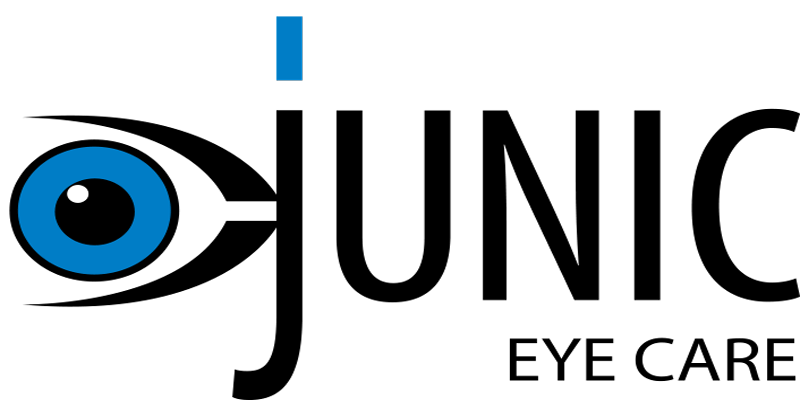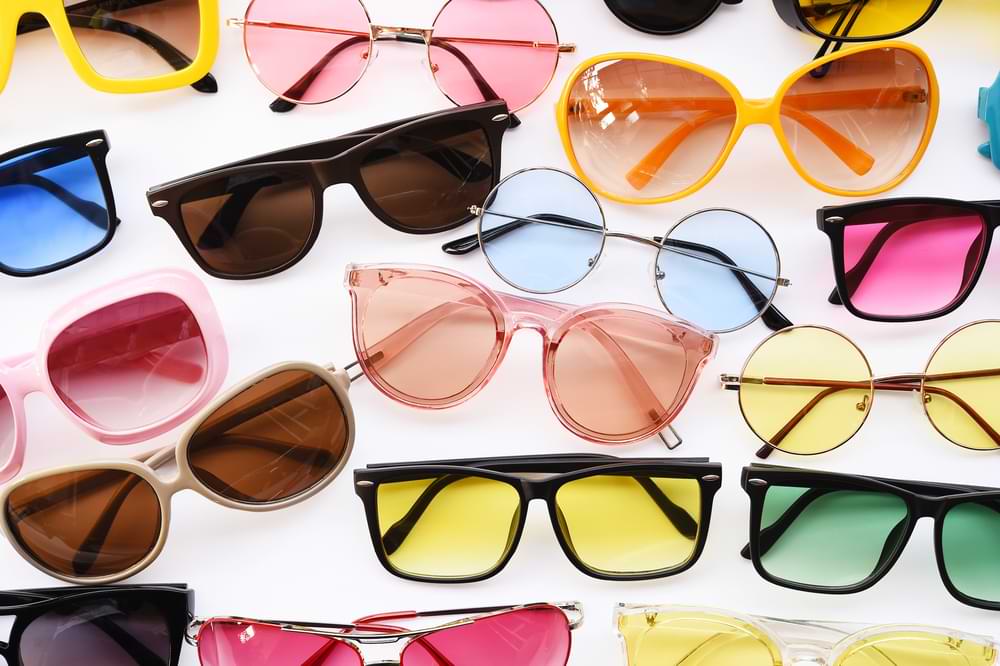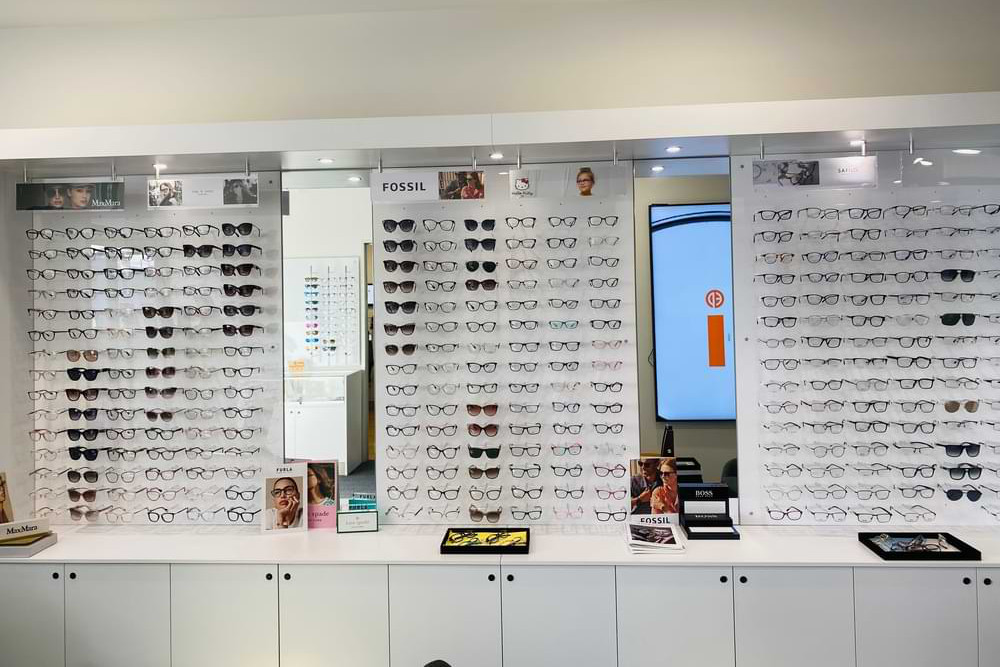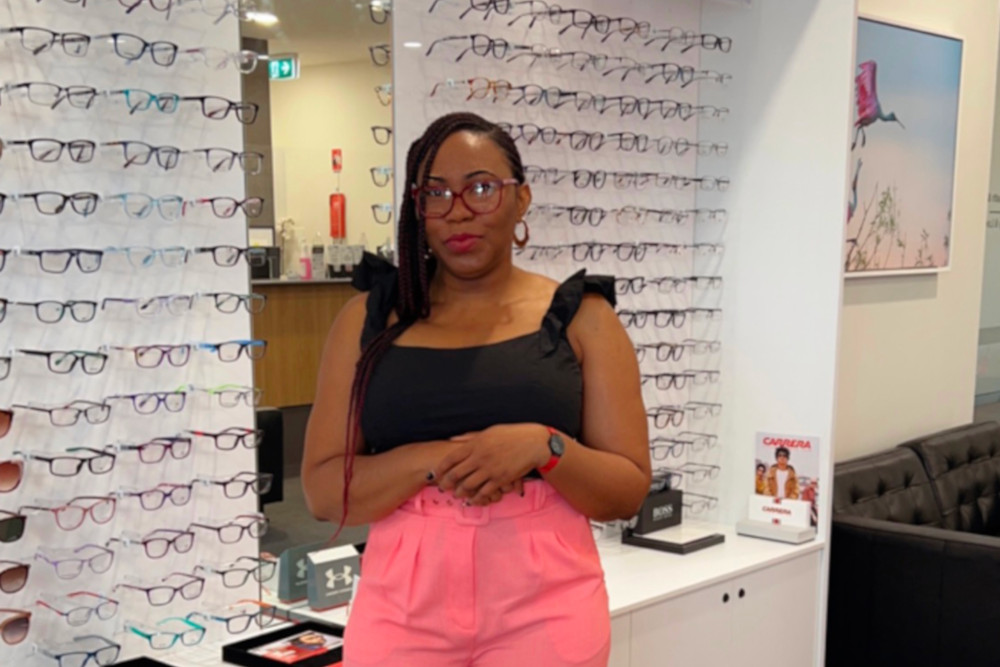Behavioural optometry explores dimensions deeper than simply correcting eyesight. As an experienced behavioural optometrist in Canberra, I’ve come to appreciate the complex relationship between vision and the brain.
Traditional Optometry: Predominantly concerned with clarity and sharpness. It’s like adjusting a camera lens for a clearer photo. Essential, but sometimes the issue lies deeper.
Behavioural Optometry: This is where we look at how the eyes work in tandem and communicate with our brain. It’s not only about the clarity of an image but also how our brain processes and understands that image. This understanding often uncovers the mysteries behind several visual challenges.
Consider the story of a young patient of mine (let’s call him Jake). On the surface, Jake was just another student struggling with reading and distractions. Traditional assessments couldn’t pinpoint any anomalies. But, with a behavioural approach, we discovered issues with eye tracking and coordination. Tailored therapy not only refined his reading skills but also gave him a significant boost in confidence.
This article should be insightful if you feel you need to speak to a behavioural optometrist in the Canberra area.
Who Needs to See a Behavioural Optometrist?
Children are one of the most common recipients of behavioural vision treatment, but the service isn’t limited to them. The range of potential beneficiaries also includes adults.
Post-Concussion or Traumatic Brain Injury (TBI) Patients: Individuals who have suffered from concussions or TBI might experience visual disturbances or difficulty processing visual information and thus can benefit from a behavioural optometry approach.
Computer Users: Adults who spend significant time on computers or other digital devices may experience Computer Vision Syndrome, characterised by eyestrain, headaches, or blurred vision. Behavioural optometry can help address these issues by improving visual efficiency and comfort.
Adults with Reading and Learning Difficulties: While commonly associated with children, some adults also struggle with reading or learning due to undiagnosed visual issues. Behavioural optometry can help in diagnosing and addressing these problems.
Sports Professionals: Athletes often rely on their vision for peak performance. Behavioural optometry can enhance visual skills that are vital for sports like tracking a ball, depth perception, and peripheral awareness.
Patients with Binocular Vision Dysfunctions: Some adults may experience double vision, eyestrain, or headaches due to binocular vision issues, which can be addressed through a behavioural approach.
Patients with Special Needs: Adults with conditions like autism, cerebral palsy, or Down syndrome might have unique visual processing issues that could benefit from a behavioural optometry approach.
Post-Stroke Patients: Stroke survivors may experience visual field loss, visual processing issues, or other visual disturbances as a result of their stroke. A behavioural optometrist can offer strategies and therapies to improve visual function.
Drivers: Proper visual processing is crucial for safe driving. Individuals experiencing difficulty with depth perception, peripheral vision, or other visual skills can seek help from a behavioural optometrist.
Seniors: Age-related changes in vision can affect daily tasks, from reading to balance and coordination. Behavioural optometry can offer strategies to maximise visual function and maintain independence.
Anxiety or Stress-Related Visual Symptoms: Some individuals may experience visual symptoms related to stress or anxiety, such as tunnel vision or hypersensitivity to visual stimuli. A behavioural approach can help address and mitigate these issues.
It’s always recommended to consult with a qualified optometrist or behavioural optometrist to discuss individual symptoms or concerns and get a comprehensive eye examination.


Behavioural Treatment
A behavioural optometrist takes a comprehensive approach to the treatment of vision and visual processing issues. Their methods often blend traditional optometry with techniques aimed at improving the way the brain processes visual information. Here are six ways a behavioural optometrist can treat patients:
Vision Therapy: This is a structured program of visual activities designed to correct specific vision problems and improve visual skills. Depending on the issue, exercises might focus on improving eye movement control, enhancing focusing abilities, or developing better eye-hand coordination. It’s analogous to physical therapy for the eyes and visual system.
Prescriptive Lenses: Unlike traditional optometrists, who might prescribe lenses purely for clarity, behavioural optometrists may prescribe lenses to also help with visual processing, comfort, or performance. This might include prismatic lenses, bifocals, or tinted lenses, depending on the patient’s needs.
Syntonics (Phototherapy): This is a specialised form of light therapy used to treat various visual dysfunctions. It involves the patient looking at specific frequencies of light to balance the autonomic nervous system and improve vision-related issues.
Environmental Modifications: A behavioural optometrist may recommend changes to a patient’s environment to reduce visual stress. This could involve adjusting lighting, altering workstation ergonomics, or suggesting specific screen filters or overlays, especially for patients with visual discomfort or computer vision syndrome.
Visual-Motor Integration Training: This focuses on improving the coordination between visual perception and motor skills. For instance, exercises might target hand-eye coordination, spatial awareness, or visual tracking, which are critical for tasks like reading, writing, or sports.
Visual Information Processing Evaluation and Training: Beyond basic eyesight, how the brain interprets what the eyes see is crucial. This might involve exercises and techniques to improve visual memory, visual sequential memory, visual discrimination, and other cognitive aspects of vision.
It’s important to note that the treatment approach will vary depending on the specific needs of the patient. Regular evaluations and adjustments in treatment strategies ensure that the patient is on the right track to achieving optimal visual function.
Common Signs of Vision Difficulties
If you or a family member exhibits any of the following behaviours, it might be time to book an assessment with a behavioural optometrist in Canberra.
- Regularly occurring headaches, especially around the eyes
- Blurry vision or double vision
- Reading or writing leads to mental fatigue.
- Moving or tilting head while reading and writing
- Squinting or covering eyes when reading or writing
- Poor concentration when work requires visual focus
- Frequent eye fatigue from digital screens
- Sensitivity to light
- Needs to use a finger or marker to keep their place when reading
- Misses out words or re-reads the same words
- Has difficulty processing what they are reading and may have to re-read something several times to understand it
- Complains of words “moving about on the page.”
- Reading is slow and requires great effort
- Irregular and/or untidy handwriting
- Slow at copying what is on the board down on to paper
About the Assessment
Prior to an initial assessment, patients complete a detailed questionnaire that guides all subsequent testing.
During the visit, we discuss questionnaire insights and conduct structured visual tests to gauge the performance of the patient’s visual systems. We’ll customise the exam based on our initial findings and ensure it’s engaging and comfortable. Following the assessment, patients might feel exhausted, so it’s best to allow for a post-assessment break.
Afterwards, we detail any recommended training, including eyewear selection if needed.
Within a couple of weeks, patients receive an easily understandable report summarising our findings and recommendations. Depending on the treatment, patients may attend weekly in-office training programs or home-based therapy sessions, but plans can be adjusted based on individual needs.
Regardless of the chosen program, we remain accessible for guidance and support.
Junic Eye Care – Your Behavioural Optometrist in Canberra
If you live in Canberra and some of the vision issues mentioned here sound familiar, it might be time to look a bit deeper into the causes of the problem.
At Junic Eye Care, we don’t just check your vision clarity. We also explore how your eyes and brain work together. Think of it as understanding the whole story behind your eyesight. For you or your children, our detailed check-up might find hidden reasons for struggles in school or daily life.
So, if anything in this article made you think, “That sounds like me (or my child)!”, come see us. We’re here to help our Canberra community.
Call (02) 6152 8585 or click on the “Book Online” button on this page.

CANBERRA OPTOMETRIST
Juliet obtained her Doctor of Optometry degree from the University of Benin, Nigeria in 2006. She completed an internship programme before migrating to Australia, where she completed a master’s degree in public health at the University of Sydney in 2014. Following this, Juliet obtained a Master of Orthoptics from the University of Technology Sydney (UTS) in 2017.
Juliet has completed her competency in optometry examination with OCANZ (Optometry Council of Australia and New Zealand), and obtained her ophthalmic prescribing rights from ACO (Australian College Of Optometry Victoria). Juliet has worked in various positions, including retail Optometry, the Ophthalmology Department at Canberra Hospital, and more recently, at the John Curtin School of Medical Research (ANU).
As a dedicated Canberra optometrist, Juliet is passionate about helping people with low vision, and binocular vision anomalies hence her interests in Low Vision Rehabilitation, Eccentric Viewing Training and Paediatric optometry.











